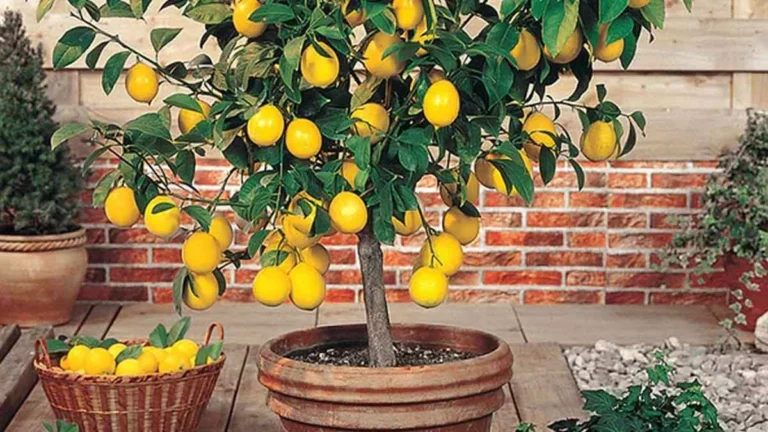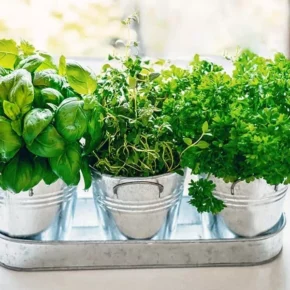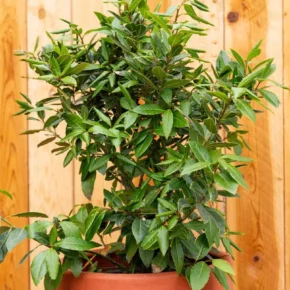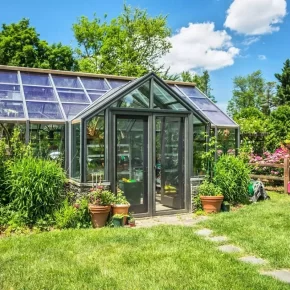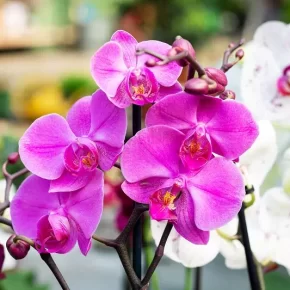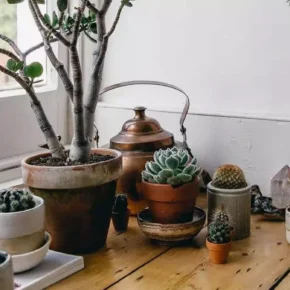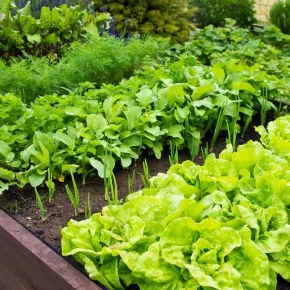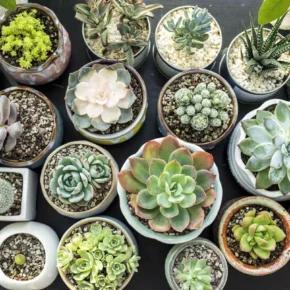A lemon tree is not only a great decorative element for the home, but also a source of fresh, fragrant lemons right from the windowsill. Growing lemons at home can be a bit difficult, but with proper care, it will bring pleasure and beautiful fruits.
1. Choosing a variety for indoor cultivation
Dwarf varieties of lemons, which do not reach large sizes and at the same time bear fruit perfectly, are best suited for growing at home. The most popular varieties for indoor cultivation include:
- Meyer (Meyer) is the most popular among indoor lemons, has small, fragrant fruits.
- Pavlovsky – adapted to the conditions of a temperate climate, medium-sized fruits with a thin skin.
- Lisbon – is characterized by strong growth and gives juicy fruits, but needs more light.
2. Planting a lemon
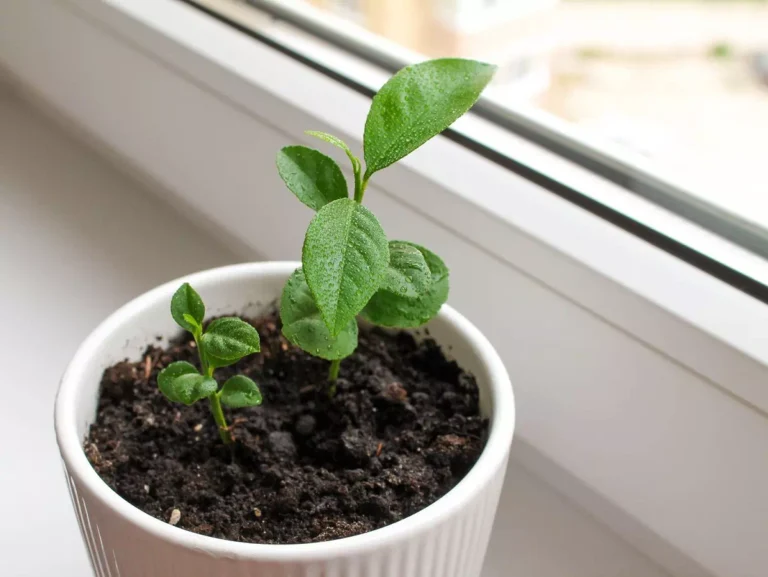
You can grow a lemon from a seed or buy an already grown tree in a pot. Here’s how to do it right:
- Growing from a bone : This is a long process, but interesting for beginners. Remove the stone from a fresh lemon, wash it thoroughly and plant it in a small pot with light soil. Water and cover with a film to preserve moisture. When the first sprouts appear, transplant them into a larger pot.
- Transplanting an adult tree : Be sure to transplant the purchased lemon tree into a larger pot, as the root system needs space. Choose a pot with drainage holes and fill it with a special citrus soil or a light all-purpose soil with sand added.
3. Light and temperature
The lemon tree loves light, and for good growth it should be placed on south or east windows. It is important to remember several nuances:
- Lighting : Lemons need at least 8 hours of light per day. If natural light is not enough, use lamps for illumination, especially in winter.
- Temperature : The optimal temperature for lemon is 18–22 °C. In the summer, you can take the lemon out to the balcony, but avoid sharp temperature drops and drafts that can damage the plant.
4. Watering and humidity
Lemon is sensitive to both insufficient and excessive watering:
- Watering : Water the lemon regularly, but avoid stagnant water. In summer, you need to water more often, in winter – less often. Keep the soil slightly moist.
- Air humidity : The lemon tree likes high humidity. Spray the leaves with a sprayer or place a container with water next to the plant to create a comfortable microclimate.
5. Nutrition
In order for a tree to grow well and bear fruit, it needs to be fed. Choose special fertilizers for citrus fruits that are rich in nitrogen, phosphorus and potassium.
- Periodicity : In spring and summer, feed lemon every 2-3 weeks, in winter – once a month is sufficient. Reduce the amount of fertilizers in the autumn-winter period, when active growth slows down.
6. Crown formation and pruning

The correct shape of the crown will provide the lemon with an aesthetic appearance and stimulate abundant fruiting.
- Pruning : Prune in the spring to keep the crown compact. Remove weak, dry or overly thick branches to ensure even lighting within the crown.
- Shaping : Maintain a symmetrical shape, especially if the tree is on a windowsill. Turning the pot will help even growth.
7. Protection from pests and diseases
Lemon trees can be vulnerable to spider mites, scale insects, and other pests. Regular inspection and care will help prevent problems:
- Prevention : Wipe the leaves with soapy water or a weak alcohol solution. This will help protect the tree from insects.
- Signs of diseases : If spots, wilted leaves or spider webs appear on the leaves, use special means for treatment or consult a specialist.
8. Fruiting
Lemons grown from seed can begin to bear fruit only after a few years, while trees purchased from a garden center can produce fruit in as little as a year. It is important to provide the lemon with proper care and a rest period in winter, which will contribute to the formation of the ovary.
A lemon tree at home is an attractive and useful element of the interior, capable of bearing delicious fruits and adding coziness to your home. By following simple rules of care for lighting, watering, temperature and feeding, even a beginner will be able to create favorable conditions for a lemon.

